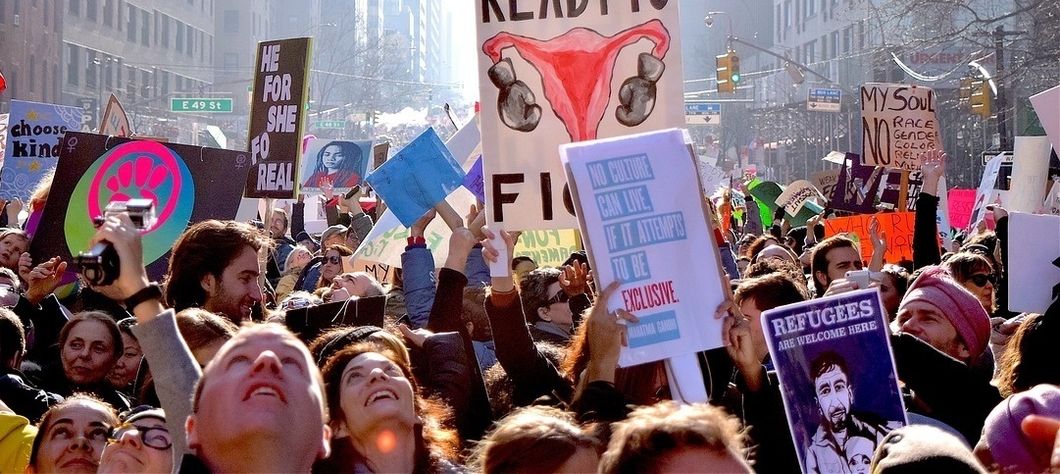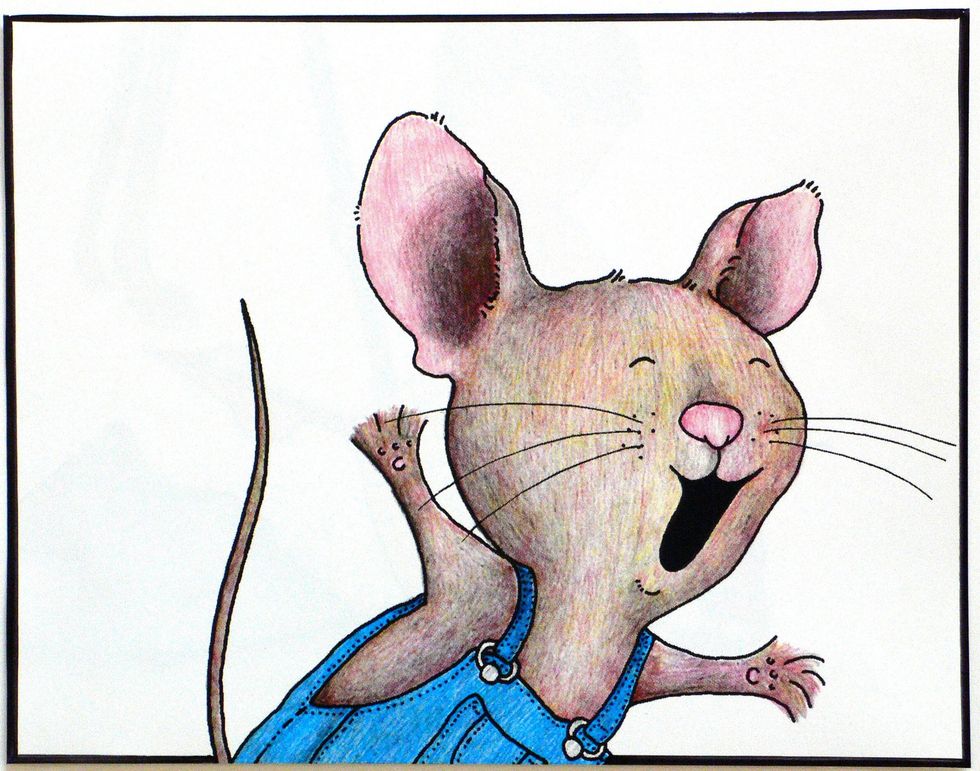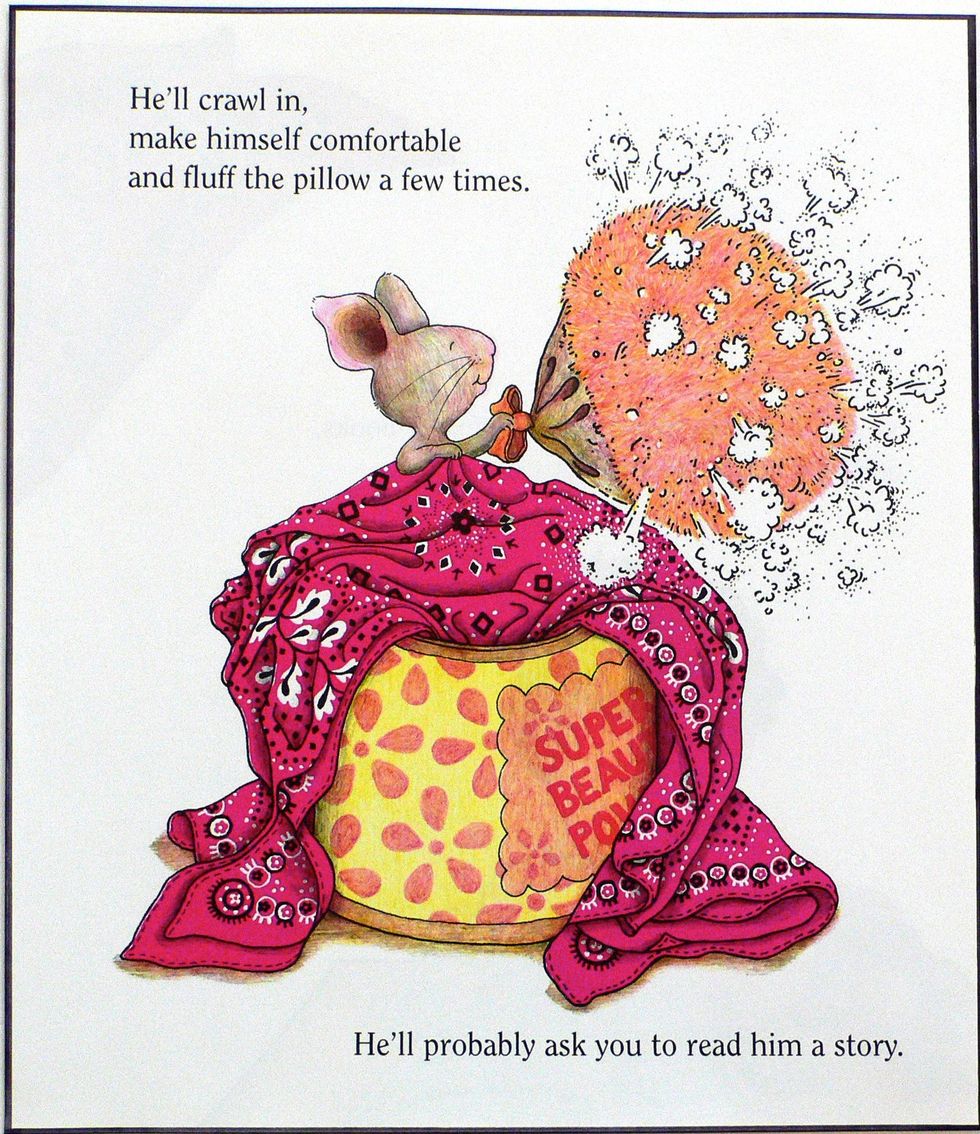Several states have recently passed legislation restricting a mother's access to abortion, and several others are projected to do the same. Alabama has passed the most severe legislation by banning the majority of abortions, including cases of rape and incest, and abortion providers now face up to 99 years in prison for noncompliance. Georgia's governor has signed legislation banning most abortions after six weeks, with mother's facing prosecution for terminating their pregnancies after this date. A few other states, including Missouri and Louisiana, are in the process of approving similar legislation.
Nationwide outrage over this legislation has taken over many social media platforms, prompting political discourse across the aisle. Tomi Lahren, a conservative commentator well-known for her outspoken nature, even tweeted her disdain for the legislation:
"I will be attacked by fellow conservatives for saying this but so be it, this Alabama abortion ban is too restrictive. It doesn't save life, it simply forces women into more dangerous methods, other states or countries. You don't encourage life via blanket government mandate!" — Tomi Lahren
I side with the many men and women who are horrified at this decision for many reasons. Apart from Governor Kay Ivey's blurred understanding of what separation of church and state really mean when invoking God as a reason for her approval of the country's most restrictive abortion legislation, there are many reasons states have successfully passed such controversial legislation. One such reason is gerrymandering.
As someone who has grown up in the most gerrymandered state in the country, North Carolina, I have witnessed through much of my life the effects gerrymandering has on legislation. Gerrymandering describes the act of redrawing district lines to establish a political advantage for a party. This is a practice done by both Democrats and Republicans and through two primary methods, packing and cracking.
Packing attempts to condense members of an opposing party into few districts in order for the opposing party to dominate in the remaining districts. On the other end, cracking attempts to break apart an opposing party amongst districts in order to dilute the vote of their members by becoming outnumbered by members of the governing party.
Georgia's district lines are a perfect example of packing. Following the 2010 census, Republicans were able to redraw district lines and packed Democrats into as few districts as possible. This decision has led to extremely uncompetitive elections, with many candidates running unopposed because of the district's voter makeup. The impacts of gerrymandering in Georgia were evident during the last gubernatorial election between Brian Kemp (R) and Stacey Abrams (D).
Kemp won barely the election by around 55,000, at 50.8% of the popular vote, yet Republicans hold over sixty percent of the state's legislative seats. This demonstrates how districts can be determined to favor a political party in terms of representation, though not reflect the constituency of the state. This has allowed Republicans to hold the majority of state seats, which contributed to the approval of the abortion bill.
Voter suppression is a serious issue that is often swept under the rug because it allows those who have been in power to remain in power. While it is unfortunate it took this long for many to understand its implications, it is important that the same energy aimed at fighting this legislation is aimed at remedying the long-standing problem of gerrymandering that allows such unsavory legislation to pass.





















